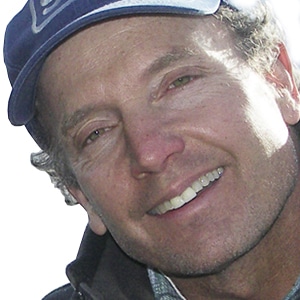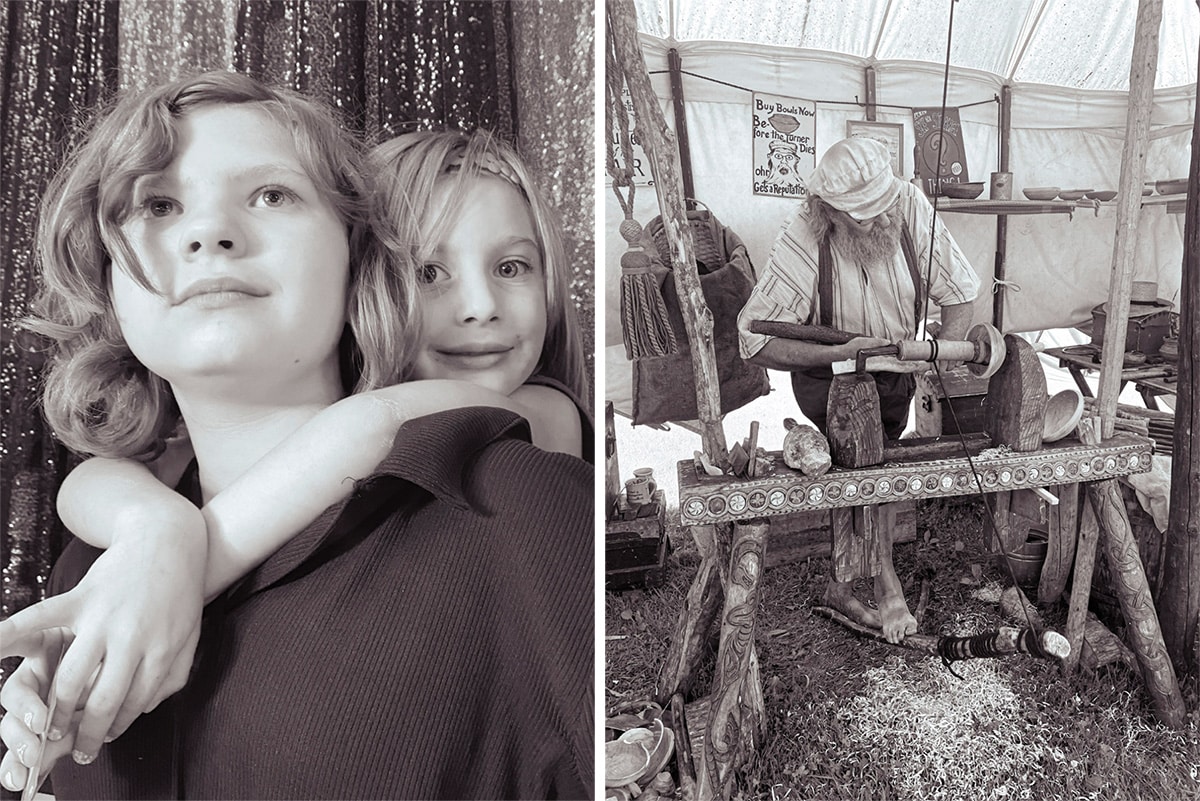Online Digital Photography Course
7002: Digital Photography I
Learn the basics of digital photography
In this course, you'll build a foundation in fundamental photography techniques. You will gain control over your camera's manual settings, learning how to balance the elements in the Exposure Triangle (ISO, Shutter Speed, and Aperture/F-Stop. You will discover how to set White Balance appropriately, create depth of field, and capture motion. We will explore composition concepts to help you make your photographs more interesting and effective and equip you for the types of adjustments photographers make to adjust to different lighting conditions. To give you experience in some important genres, you will gain practical experience in shooting different kinds of portrait photographs and sports/motion photographs.
About This Course
Project-Based Learning
This course is packed with creative projects:
- Balanced exposure
- Depth of field
- Frozen action and motion blur
- Composition studies
- Studies in natural, ambient, and artificial light
- Basic portrait photography scenarios
- Action photography photoshoot
What Skills Will I Develop?
Students in this course can expect to learn to:
- Examine the purpose of the main Exposure Modes: Auto, Manual, Program, Aperture Priority, and Shutter Priority.
- Adjust the elements in the Exposure Triangle (ISO, Shutter Speed, and Aperture/F-Stop) to achieve a balanced exposure.
- Employ the attributes of a correct exposure, with detail in the brightest whites and darkest shadows.
- Utilize white balance to avoid color cast issues caused by different lighting scenarios.
- Choose aperture size adjustments to create depth of field and employ shutter speed to create shots with frozen motion or motion blur.
- Analzye and apply six principles of composition used by professional photographers: Simplicity, Negative Space, Framing, Symmetry and Asymmetry, Use of Line, Point of View and Perspective.
- Consider the attributes of the different types of light, hard, soft, diffused, and specular and sources of light: natural light, artificial light, and ambient light.
- Identify and effectively adapt to common natural and artificial lighting scenarios.
- Explore the characteristics of different kinds of portrait photograph.
- Experiment with best practices for achieving good light in portrait photographs.
- Perform strategies for posing and directing portrait photography subjects to create natural-looking and effective images.
- Identify and apply techniques for freezing or blurring action in sports or motion photography.
What Software and Supplies Do I Need?
To take this course you'll need:
- Computer with Internet connection.
- Access to a digital camera with manual control over ISO, Aperture, Shutter Speed, and White Balance, that allows for shooting in RAW format.
- Adobe Photoshop or Lightroom or equivalent program.
- Basic experience in the above software.
Course Instructor(s)
The course is taught by the following instructor(s):
 Dr. Taz Tally
Dr. Taz Tally
Dr. Taz Tally is the president of Taz Tally Seminars and Taz Tally Photography and author of numerous graphics and print production books and instructional videos, CDs, DVDs and online training courses on scanning, prepress, printing, Photoshop, and color correction.
Course Outline
Controlling Your Camera
We will begin by exploring how your camera and camera software works, with an emphasis on the role of shooting RAW. We'll discuss the purpose of the main Exposure Modes: Auto, Manual, Program, Aperture Priority, and Shutter Priority, and how to use your light meter in in Manual mode to ensure that your images are not over- or underexposed. A special focus will be on how to use the elements in the Exposure Triangle (ISO, Shutter Speed, and Aperture/F-Stop) to achieve a balanced exposure. You will learn how to identify a correct exposure, with detail in the brightest whites and darkest shadows.
Aperture and Shutter Speed
We explore the basics of using aperture size to create depth of field. The class will examine how to use shutter speed to create frozen motion or motion blur, and how to avoid the dreaded camera shake. We will explore how to adapt your Exposure Triangle choices to troublesome shooting scenarios and how to use white balance to avoid color cast issues caused by different lighting scenarios.
Rules of Composition
What makes a good photograph? In this session we will introduce the six principles of composition used by professional photographers: simplicity, negative space, framing, symmetry and asymmetry, use of line, point of view and perspective.
Lighting Scenarios
How can we see and use light? In this session, we'll explore the source and the attributes of the different kinds of light: hard, soft, diffused, and specular. We will look at the major differences between natural light, artificial light, and ambient light, and how this affects our approach.
We'll investigate how to identify and adapt to common natural lighting scenarios, exploring three techniques for using fill-flash to improve lighting indoor and outdoors and addressing some pitfalls of mixed lighting.Portrait Photography
We will look at the characteristics of different kinds of portrait photograph, both posed and candid portraits, exploring tips for different situations. A focus will be on examining best practices for achieving good light in portrait photographs, with guidelines on how to pose and direct portrait photography subjects to create natural-looking and effective images.
Capturing Motion
Did you know that shutter speed can be used for creative purposes? This session explores how (and why) shutter speed is used to freeze or blur motion in photography. We will examine techniques for freezing action to capture a moment in time and blurring motion to convey the speed of moving objects. We will explore what cameras, lenses, and accessories are used to achieve professional results and examine the application of motion photography techniques in sports photography, providing tips on how to get started.
Frequently Asked Questions (FAQ)
How Do The Courses Work?
Our Professional Certificate courses are project-based and instructor-led. In each course you’ll complete a series of lectures and projects designed to stretch your creative skills. The courses are delivered on a flexible schedule with no set-logins or Zoom meetings. You can study when you want, provided you complete your program by the assigned deadline.
Who Are The Instructors?
Our courses are developed and taught by our industry-leading faculty of creative professionals. This means that you’ll learn in-demand skills, get feedback on your work, and build a portfolio of creative work. View our Student Gallery for featured student projects.
When Can I Start?
You can enroll in this course on an individual basis or as part of a Professional Certificate program. Professional Certificate programs start every month on the first of the month. With rolling admissions, you can start as soon as you complete Orientation.
Explore Professional Certificate Programs: Graphic Design | Web Design | Multimedia | Digital Arts | Marketing Design | Fine Arts
How Do I Register?
To register for a Professional Certificate program, complete our program application. To register for this course on an individual basis, please contact our admissions team at admissions@sessions.edu. An Admissions Advisor will contact you to setup your enrollment.
| Course Tuition and Fees | |
|---|---|
| Tuition | $949 |
| Registration Fee* | $50 |
| Total Course Price | $999 |
Registration fees are nonrefundable after 5 days from enrollment.
Is Sessions College Accredited?
Yes. Since 2001, Sessions College has been accredited by the Distance Education Accrediting Commission (DEAC). The Distance Education Accrediting Commission is listed by the U.S. Department of Education as a recognized accrediting agency and is recognized by the Council for Higher Education Accreditation (CHEA).






















